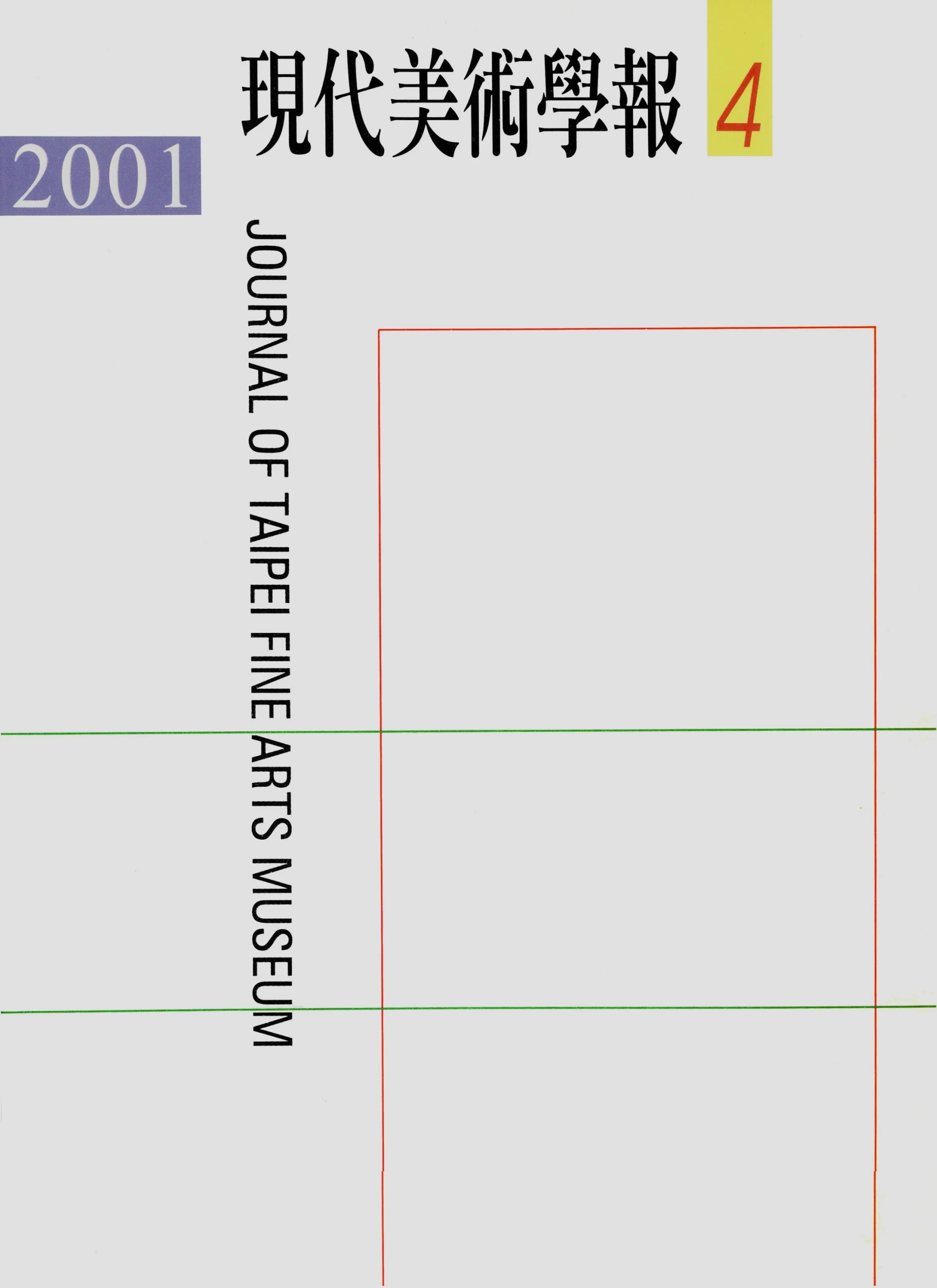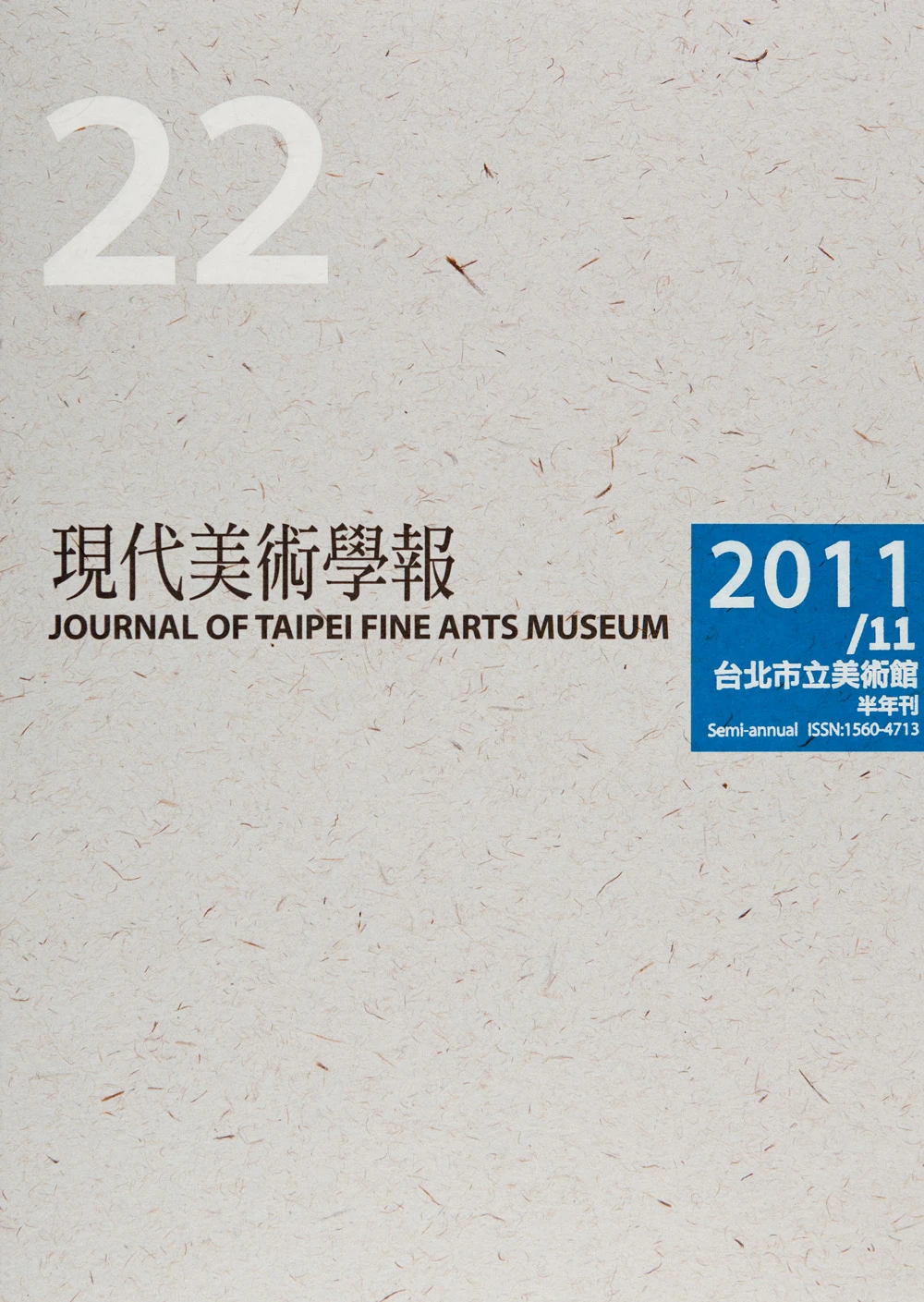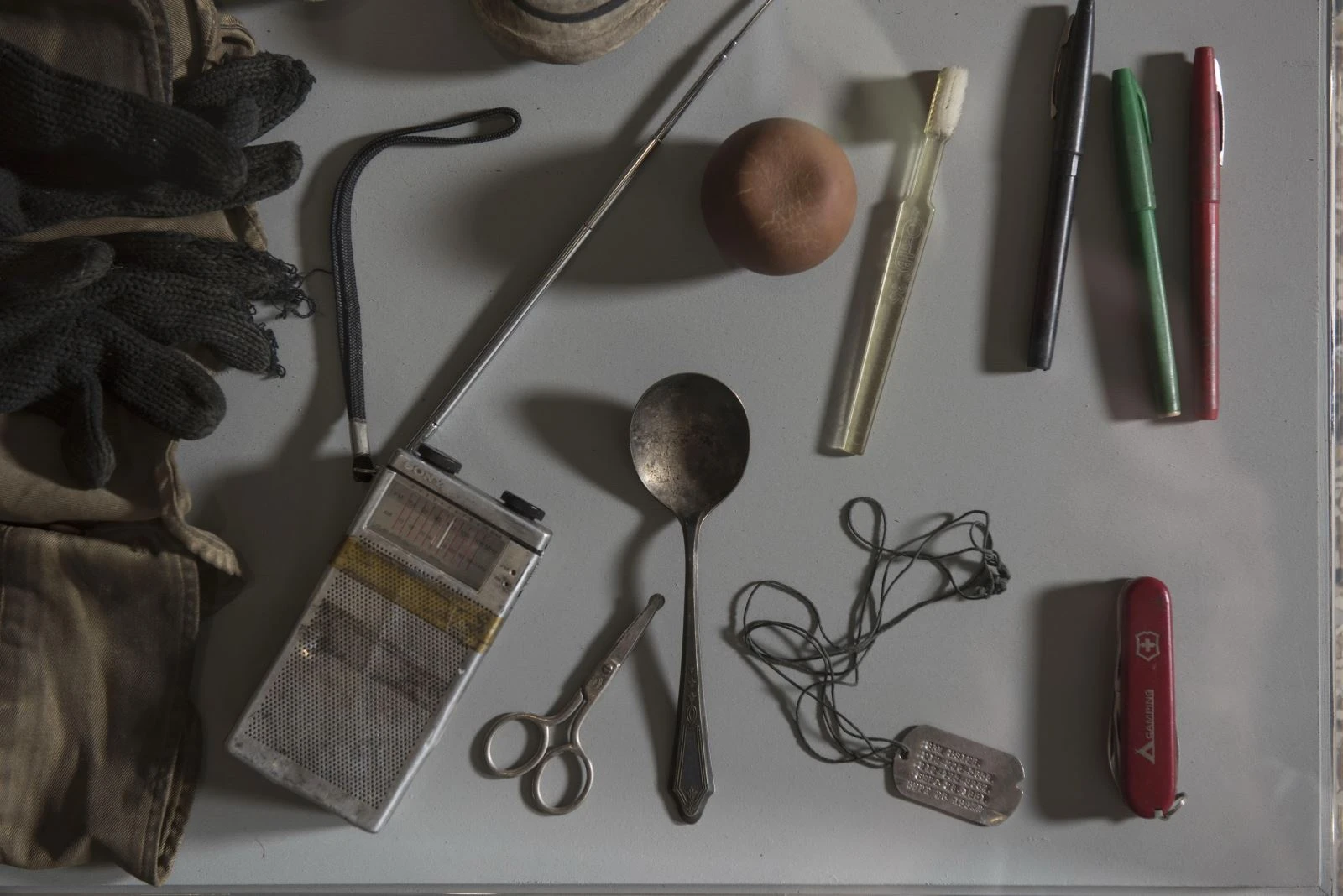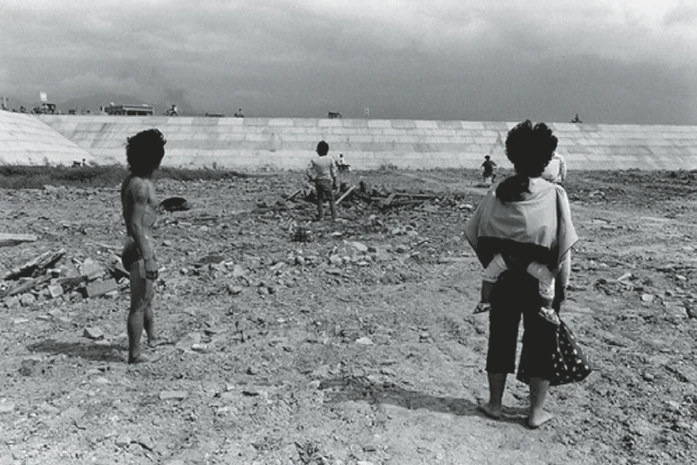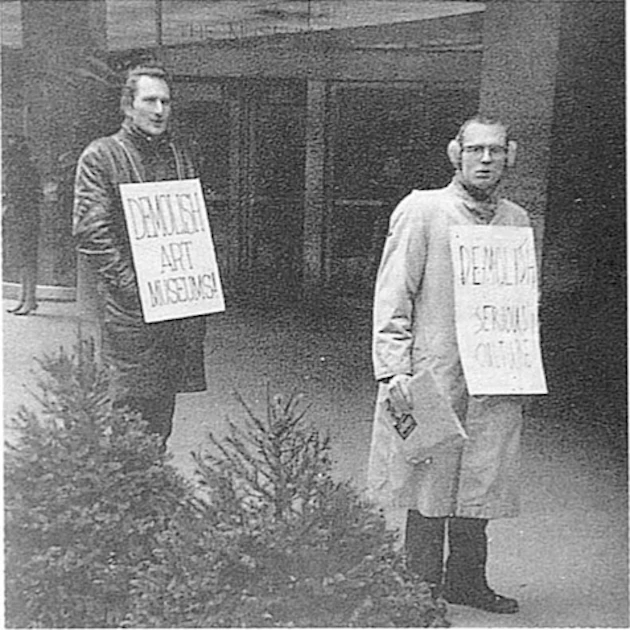摘要
從現代美術到當代藝術,所謂的「藝術」一直以「凝視」(gaze)為核心,建構了以作者、作品、觀者為基點的「再現」邏輯美學框架;構築去日常生活空間與社會脈絡的抽象空間(通常為美術館或畫廊),以做為展示藝術作品的場域。
本文則以「策展地誌學」為角度,以柬埔寨金邊的「沙沙藝術計劃」和吉隆坡的Lostgens'為例,嘗試對東南亞當代藝術的社會實踐與知識生產進行思考。策展地誌學挪用詹明信(Fredric Jameson)所主張的認知繪圖美學,企圖在全球系統下藉由增強某種全新的地方感而賦予個人主體性,並以複雜的再現辯證法創造全新的再現模式,以便更準確地自我定位和增進認識世界的能力,進而精確再現自我與真實處境的想像關係。認知繪圖關乎自我定位和認識世界,「地方」也是一種觀看、認識和理解世界的方式。我們若把世界看成由各種不同地方的組成,就得以看見不同的事物。如果以認知繪圖的起點自我定位,那麼「地方」就是自我認同與世界觀的定位錨。以策展地誌學進行的社會實踐與知識生產,強調關注地理和文化特殊性的「情境知識」,而非普世性的知識,目的在於建立與生活連結的美學概念,視群眾為積極的參與者而非被動的「凝視」者,並將地方視為流變的藝術場域。
關鍵詞
策展地誌學、認知繪圖、地方感、情境知識,藝術領域
Abstract
Using "Sa Sa Art Projects" in Phnom Penh and the Lostgens' Art Space in Kuala Lumpur as examples, this paper attempts to explore the social practice and knowledge production in South-eastern Asian contemporary art from the perspective of "curating topography".
The conception of "curating topography" appropriates the cognitive mapping proposed by Fredric Jameson. It tries to endow individual subjectivity by intensifying new sense of place in a global system, and creates new model of representation with complex representational dialectics, in order to enhance the self-positioning accuracy, prove the ability of understanding the world, and represent the imaginative relationship between oneself and the real situation.
Cognitive mapping is related to self-positioning and understanding the world, and "place" is also a way of seeing, knowing and understand the world. If we regard the world as a composition of different places, we can see different matters. Just like what David Harvey has said, "The preservation or construction of a sense of place is then an active moment in the passage from memory to hope, from past to future." The place is regarded as the foundation of resistance of politics and an important force to fight capitalist commodity f low and monetization. It activates the environment and society by combining local characteristics and recovering collective memories.
Basing on the concept of "curating topography," the social practice and knowledge production emphasize the "situated knowledge" which is expected to focus on the geographical and cultural specificity instead of universal knowledge; regard audiences as active participants rather than passive viewers; and transform places into becoming artistic fields.
Keywords
curating topography, cognitive mapping, sense of place, situated knowledge, artistic fields

